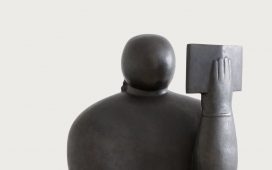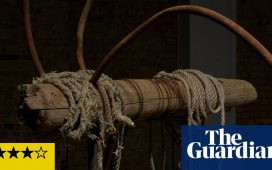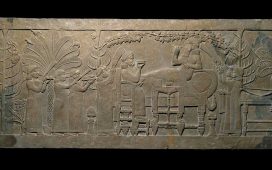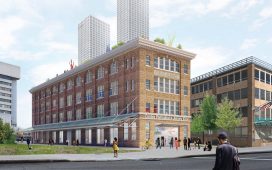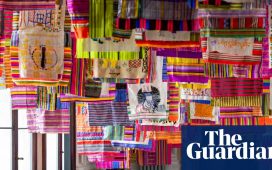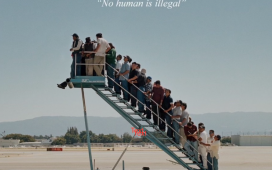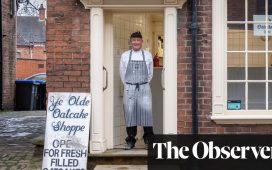The 2025 United Nations Climate Change Conference (Cop30) will be held in Belém, the capital of the Amazonian state of Pará. As nearly 20% of the Amazon faces deforestation, the conference has prompted a series of projects that aim to boost the infrastructure of Belém, including the recent opening of the Centro Cultural Bienal das Amazônias (CCBA).
The CCBA officially opened in May, following the inaugural edition of the Bienal das Amazônias in 2023. The exhibition Bubuia: águas como fonte de imaginações e desejos (Bubuia: Waters as a Source of Imagination and Desire)—curated by Sandra Benites, Flavya Mutran, Vânia Leal and Keyna Eleison—was open in Belém between August and November 2023 and travels to other cities in an abridged format until the next edition, making its first stop at the SESC Marabá in southern Pará, where it is now on view until August.
In its original format, the biennial featured more than 120 artists, including several with international recognition—like the Brazilian artist Adriana Varejão, who is represented by Gagosian—and historical artists like the painter Chico da Silva, who is from the Amazonian state of Acre and recently joined the roster at David Kordansky Gallery.
The first edition of the biennial welcomed thousands of visitors and was awarded the ABCA 2023 Prize, an accolade established by the Associação Brasileira de Críticos de Arte to recognise the achievements of artists, curators and writers. Plans for the 2025 edition are already underway, according to organisers.
The CCBA building is a converted department store spanning 8,000 sq. m, with four floors, a café, a gift shop and a library. The building was fully renovated following the biennial, and will host future biennials, rotating exhibitions and public programmes focused on promoting the cultures of the region.
The CCBA aims to “strengthen the Amazon territory through the arts”, Lívia Conduru, its president, said in a statement. “The building will be maintained as a cultural centre, with various activities for the community around art-education projects, not only here but also travelling. We believe that the future of the Amazon will be made by the people who live here, who actually experience the Amazon.”
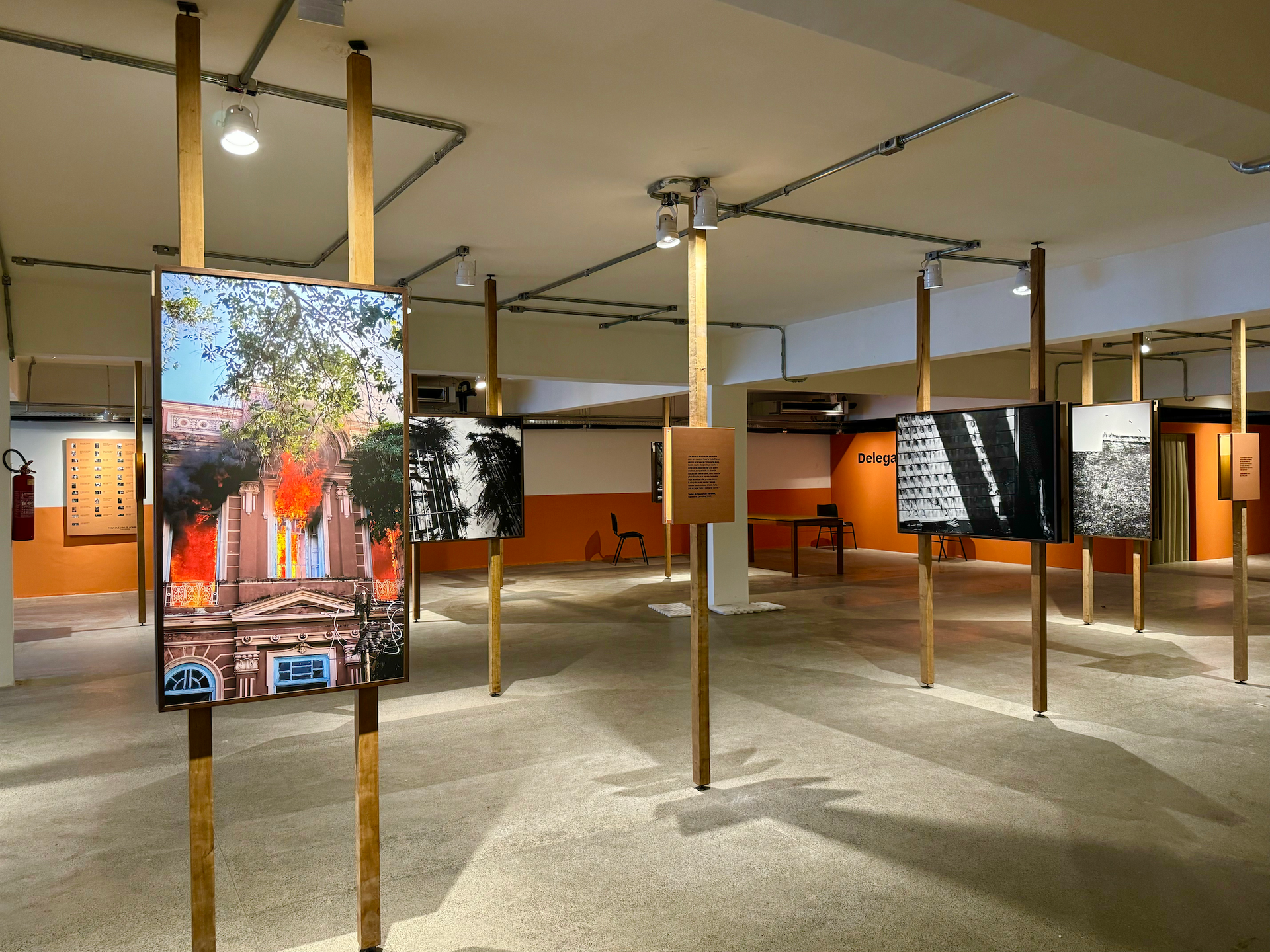
Installation view of Paula Sampaio: Para que não se acabe: catar memórias (So That It Doesn’t End: Collecting Memories) Photo: Luiz Fernandes, courtesy the Centro Cultural Bienal das Amazônias
The CCBA opened with two exhibitions: one devoted to a centenary of the Venezuelan kinetic artist Carlos Cruz-Diez titled RGB: As cores do século (RGB: The Colours of the Century), and the other a photographic installation titled Para que não se acabe: catar memórias (So That It Doesn’t End: Collecting Memories) by the Brazilian, Belém-based photographer Paula Sampaio. In her work, Sampaio poignantly captures the destruction of the region and its impact on the community.
The CCBA has been primarily funded by energy giant Shell, the Argentine e-commerce company Mercado Livre and the Vale Cultural Institute, an enterprise of the global mining company Vale, with additional support from a cultural-incentive tax law called the Rouanet Law and other donors.
Meanwhile, a separate project has been launched in Belém to develop the Museu das Amazônias. The museum is envisioned to encompass the perspective of the eight countries that share the Amazon rainforest, featuring four thematic sections that explore its complexity and timeline, from prehistory to its present state.
The project was announced this month when it received R$4.4m ($800,000) in funding from the Development Bank of Latin America and the Caribbean. Additional support will come from the Pará government, the Brazilian National Bank for Economic and Social Development and other donors. More details, such as the estimated cost of the project, are expected to be announced in the coming months.
The museum will be part of Belém’s Porto Futuro II, a tourist site comprising 11 dock warehouses that are being revitalised as part of a R$300m ($54m) project also funded by Vale. The first stage, Porto Futuro I, opened in 2020. The next stage spans a total of 50,000 sq. m. The museum itself is due to open in October 2025—one month before Cop30.
